STOP THIS EMBARRASSING: FREQUENT BODY ITCHING, FISHY ODOUR,BURNING SENSATION, UNSTABLE MENSTRUATION AND MANY MORE…. INFECTION IN BOTH MALE AND FEMALE CAN LATER RESULT TO UNCONTROLLABLE DISEASES AND CAN MAKE LIFE TOUGH FOR COUPLES GENERALLY. STOP THE LIFE THREATNING INFECTION WITHIN FEW DAYS AND TO BOOST-UP RATE OF FERTILITY IN BOTH MALE AND FEMALE

Infectious diseases are disorders caused by organisms — such as bacteria, viruses, fungi or parasites. Many organisms live in and on our bodies. They’re normally harmless or even helpful. But under certain conditions, some organisms may cause disease.
A person can have an STI without showing symptoms of disease. Common symptoms of STIs include vaginal discharge, urethral discharge or burning in men, genital ulcers and abdominal pain
INFECTION THE SILENT KILLER…….HOW?
Sexually transmitted infections (STIs) usually pass from one person to another through sexual contact. Most are fairly common, and effective treatment is available even if its a chronic and long time one or the early stages of it. Some STIs are benign, but others can lead to severe complications without treatment. STIs can affect anyone, regardless of the individual’s sexual orientation or hygiene standards. Many STIs can spread through non-penetrative sexual activity.
In a lay man’s language, these are infections one can get by having sex with someone who has an infection. It is largely referred to as venereal disease. They can also be passed through anal sex or skin to skin contact. STDS are caused by virus or bacteria.
It is a major public health issue and also a major cause of morbidity and mortality in this part of the world.
Staphylococcus aureus is a group of bacteria that can cause a number of infectious diseases in various tissues of the body.
Do you know that Ordinary Toilet infection can generate to Urinary Tract Infection UTI
Do you know that Staphylococcus Aureus is a stubborn bacteria that has rendered many marriages childless and consequently leads to separation and divorce?
Do you know that so many people both married men and women who are not aware of this bacteria always go from one pastor to another for prayer?
Do you know that staphylococcus is the causes of Male infertility such as Low Sperm Count, weak and dead sperm?
Staphylococcus can cause movements around the body and the disturbing sound or noise coming out of their stomach and make some people visit spiritual center, churches and mosques in looking for solution
It is a very complex problem of all of the many common staphylococcal bacteria. It destroys the immune system thereby leading to numerous damages and symptoms in the human body.
STAPH AUREUS, URINARY TRACT INFECTIONS AND STDs often referred to as the SILENT KILLER.
many people submitted their testimonies but few we could review. for those who did not see theirs we are sorry . hoping for next batch, we are not bias we picked randomly.
our yearly souvenir will be gifted to our customers.
Here are More REAL LIFE testimonies from our happy customers that used this product and got massive result.

I am from kano,(ibrahim taiwo area) people living in kano will know.
I really appreciate this product, I only used two bottles and every pains, swollen jaw and black gum just gone like a magic. thank God ooo.

I really thank God for Lifecare infection flusher for my life .i am from delta state, This product has changed my life, me that i cant do without virgina itching, the wonder and the happiness made me drop my picture for testimony because i have spent alot, I mean alot of money ah! i spent just 55,000 i was free from infection totally. my God is a good God!!

I swear i was not paid for this, I personally volunteer myself for the goodness this product has done in my life, INFECTION almost ruin my life with so many rashes on my private part and itching everyday.. the product is working oo

we don’t even know what to say than to say thank you lord. you made us met a product that truly help our life. my advice for a couple is to treat infection together. most time barrenness is not spiritual attack, couple’s should fight it together
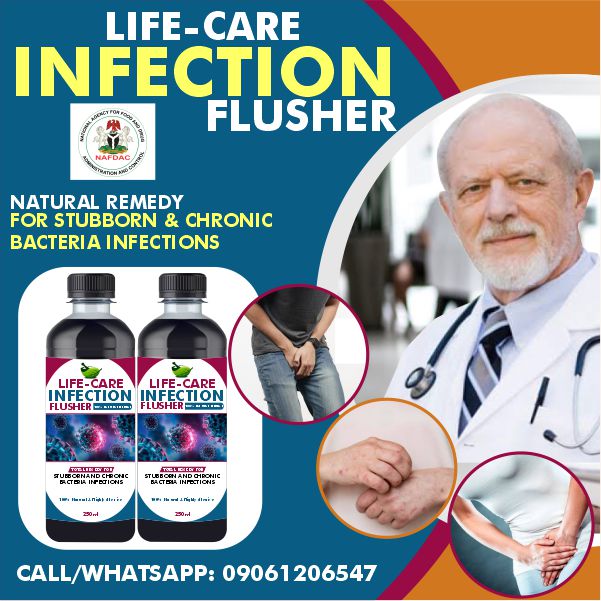
Are you sufferring from this killer infection listed bellow and you want to get-rid of it permanently and naturally
without wasting money on different types of medication and products that will end up not working or not solving the issues from the root cause, this will be the most beneficiary message you ever come across online.
ARE YOU OBSERVING SYMTOMS LIKE;
scanty menstrual period
staphylococcus
discharge from Female private part ( some like whitish or mucous)
Painful sexual intercourse
itching private part & Hotness of the body alwayS
candidiasis
syphilis
Gonorrhea
Zero Sperm Count
Loss Of Intimate Urge
Light Boil
blood stooling & urinating
Woman Fallopian Tube Blockage
Watery Sperm
Abnormal And Foul Smells Discharge from manhood
Bumps,Blisters, or sores on the penis or genitals
cloudy or dark urine
UNTREATED INFECTION IS A LIFE THREATNING AND MOSTLY DANGEROUS
UNTREATED INFECTION IS A LIFE THREATNING AND MOSTLY DANGEROUS
Most people turn a dearf hear to infection symtoms because they do not care
NOTE: IF YOU DO NOT CARE OF YOUR HEALTH TODAY IT COMES IN AN UNBEARABLE WAY TOMORROW
BACTERIA INFECTIONS, FUNGAI INFECTIONS,URINATRY TRACK INFECTIONS STI AND STDS often referred to as the SILENT KILLER BUT DONT BE SCARED, THE SOLUTION IS AT YOU FINGER TIP AND IS NATURAL WAY TO TREAT INFECTION .
Complication of sti’s
If Left untreated, STDs can cause long-term health problems. Possible complications include:
Reproductive health problems, including infertility
Pelvic inflammatory disease (PID) and pelvic pain
Certain cancers, such as HPV-associated cervical and rectal cancers
Pregnancy complications
Heart disease
Eye inflammation
Arthritis.
Untreated gonorrhea may lead to pelvic inflammatory disease (PID). This is an infection of the fallopian tubes, uterus, and cervix. If left untreated, PID may cause permanent damage to the reproductive tract, which may lead to infertility.
In the late stages of syphilis, the disease may have damaged vital organs of the body such as the heart, blood vessels, brain, nerves, eyes, liver, bones and joints. Complications such as meningitis, stroke, dementia and heart disease may occur, with serious consequences, even death.
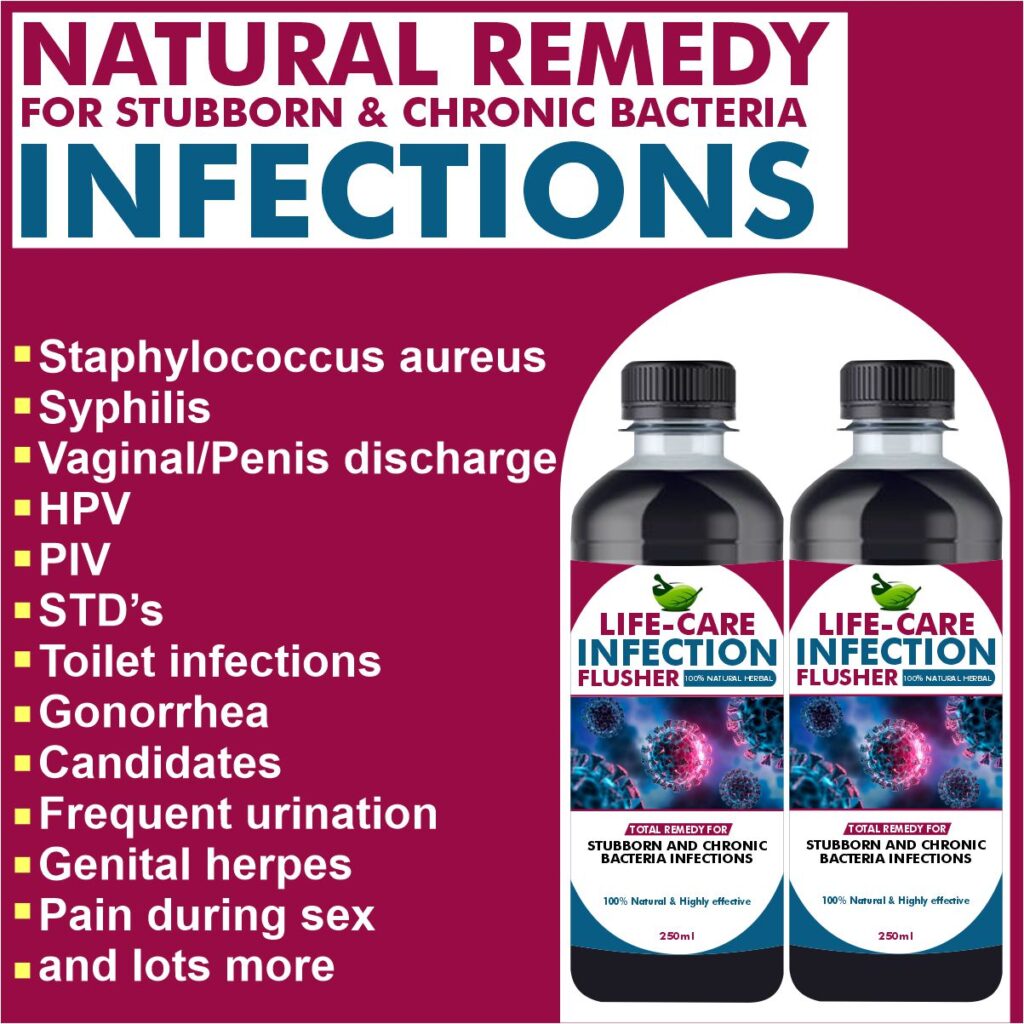
Complication Of Bacterial Infection
Chlamydia
Chlamydia, the most prevalent bacterial STI in the United States, is the result of the Chlamydia trachomatis bacterium, which can infect the urethra (bladder opening) and cervix (uterus opening). It is common in youngsters aged fifteen to nineteen. The disease is easily treated, but like other sexually transmitted infections, chlamydia tends to be silent and therefore go undiagnosed until it becomes more serious than in its early stages. Three in four women and one in two men have no symptoms. In 40 percent of cases, by the time a girl seeks medical attention, the disease has progressed to pelvic inflammatory disease (PID, described below), a major cause of female infertility and pelvic pain.
Gonorrhea
Chlamydia infection is sometimes confused with gonorrhea, another bacterial infection transmitted through vaginal and anal intercourse, and oral sex. Not only do they share many of the same symptoms, the two diseases can occur together.
Gonorrhea usually begins in the urethra (bladder opening) or the cervix. However, the rapidly proliferating Neisseria gonorrhoea bacterium can migrate to the uterus and the fallopian tubes, giving rise to pelvic inflammatory disease (PID). The infection, like chlamydia, may also involve the rectum.
Pelvic Inflammatory Disease (PID)
A number of different microorganisms can cause pelvic inflammatory disease of the upper female reproductive tract. The two most common culprits are Chlamydia trachomatis and Neisseria gonorrhea, which account for four in five cases.
Sexually active girls aged fifteen to nineteen are the most vulnerable population, partly because they are more likely than other age groups to have multiple sex partners.
PID from chlamydia infection typically produces mild symptoms or none at all, but should be treated promptly. Otherwise, like other forms of PID, it can inflame and scar the ovaries and the fallopian tubes
Because PID affects the fallopian tubes, where conception takes place, if the scarring is severe enough, the male sperm may be prevented from reaching the female egg. In other words, sterility can be the final outcome of PID
Genital Warts and Human Papillomavirus (HPV)
Scientists have identified more than one hundred types of this virus. A number of them are passed from one person to another during unprotected sex and cause benign genital warts (condylomata acuminata). Other human papillomaviruses are responsible for four in five cases of cervical cancer, in addition to several other genital malignancies.
HPV is another, often silent, STI. According to the National Institute of AIDS and Infectious Diseases, almost half the women harboring the virus exhibit no symptoms at all. Genital warts typically appear in clusters inside and outside the vagina, the cervix and/or the anus. Male venereal warts, which are far less common, form on the penis, the scrotum and/or around the anus. The pinkish or flesh-colored growths often vanish on their own.
The interventions for genital warts differ from those for other STIs. Most cases can be managed with topical treatment of the warts, though the lesions tend to return. Large warts may have to be removed using one of several surgical procedures: cryosurgery (freezing), electrocautery (burning) or laser surgery.
Syphilis
Since syphilis chancres aren’t painful and typically heal within four to six weeks, most boys don’t see a doctor. They assume the mysterious sore is gone for good, but one-third of men and women exposed to primary syphilis progress to a secondary infection. A few weeks after the chancre heals, they come down with a rash on the palms of their hands and the soles of their feet. The reddish-brown spots, about the size of a penny, can spread anywhere on the body. Other unwanted symptoms soon follow. Syphilis is still highly treatable at this point. However, a pregnant woman with primary or secondary syphilis will almost certainly transmit the bacterium to her fetus. Infection early in fetal life leads to death and abortion; infection later in pregnancy leads to a variety of problems including anemia, bleeding, swollen glands and infection of the various organs, such as the lungs, spleen and brain.
ALL THIS AFOREMENTIONED COMPLICATIONS CAN BE TREATED BY THIS POWERFUL WELL REFINED HERBAL SOLUTION CALLED LIFE-CARE INFECTION FLUSHER
APART FROM THE TESTIMONIES ABOVE WE STILL HAVE MANY TESTIMONIES THAT WE CAN NOT SHARE DUE TO OUR SECRETE POLICY WITH CUSTOMERS UNLESS CUSTOMER PERMIT US TO DO SO
PEOPLE ARE STILL REFERRING US TO FRIENDS AND FAMILIES AND EVEN SHARE OUR PAGES ON SOCIAL MEDIA
WORRY NO MORE ALL YOU NEED IS LIFE-CARE INFECTION FLUSHER
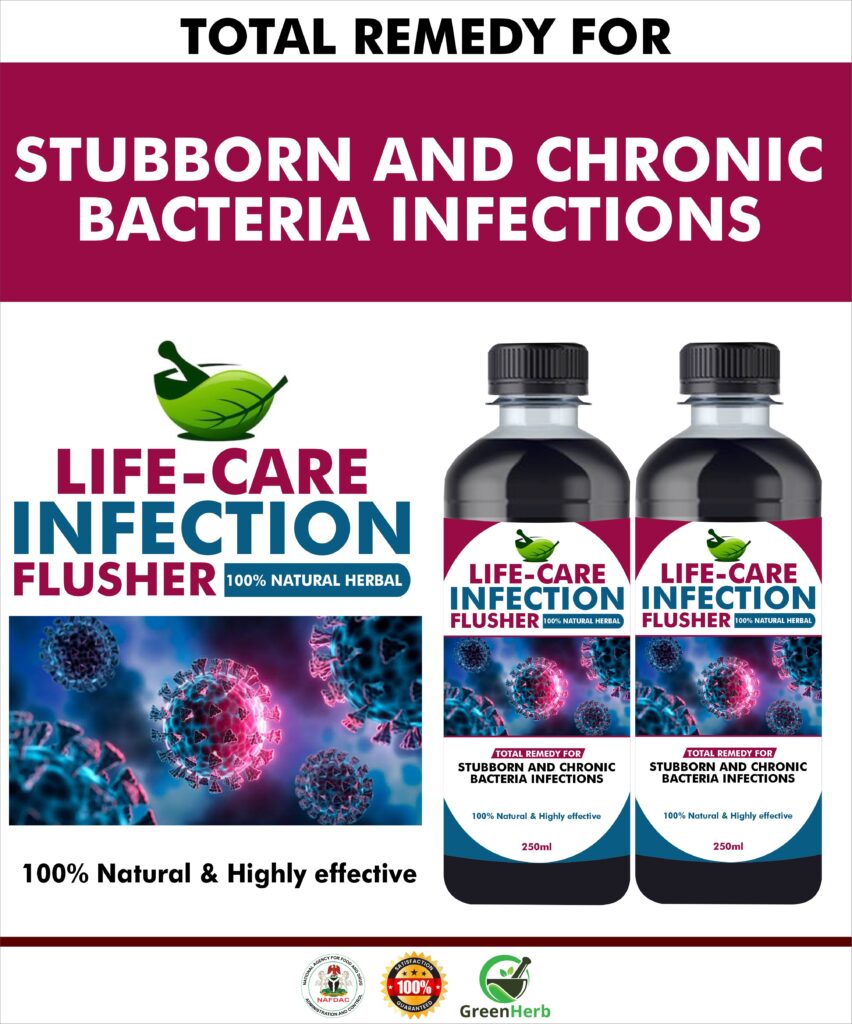
Gonorrhea
Symptoms typically occur two to ten days after exposure.
Men:
Penile discharge
Mild to severe burning sensation when urinatin
Can progress to epididymitis
Women:
Painful or burning sensation when urinating and/or yellow or bloody vaginal discharge
Abdominal pain
Bleeding between menstrual periods
Painful or burning Progression to pelvic inflammatory diseasesensation when urinating and/or yellow or bloody vaginal discharge
Rectal Infection:
Anal discharge
Anal itching
Painful bowel movements
Fever
Pelvic Inflammatory Disease (PID)
Lower abdominal pain
Abnormal vaginal discharge
Painful intercourse
Irregular menstrual bleeding
Fever
Genital Warts/Human Papillomavirus (Hpv)
Symptoms typically occur three months after exposure.
Women:
Clusters of tiny warts outside and inside of the vagina, on the cervix or around the anus
Men:
Clusters of tiny warts on the penis, scrotum or anus
Genital Herpes
Symptoms typically occur two to ten days after exposure. Initial episode, typically lasting two to three weeks:
Clusters of tiny warts on the penis, scrotum or anus
Pain in the genitals, buttocks, legs
Vaginal discharge
Feeling of pressure in the abdomen
Tiny red bumps involving the vagina, cervix, penis and/or anal area; these turn into blisters and then become painful open sores
Fever
Muscle aches
Painful or difficult urination
Swollen glands in the groin
Headache
Syphilis
Stage 1: Primary Syphilis
Initial symptoms typically occur two to six weeks after exposure and last four to six weeks.
Painless chancre on the penis, vulva, vagina, cervix or around the mouth
Inflamed lymph nodes
Stage 2: Secondary Syphilis
Symptoms typically occur one to six weeks after the chancre heals and last three to six months.
Light rash with brown sores roughly the size of a penny, typically on the palms of the hands and soles of the feet; may also cover the rest of the body
Sores in or around the genitals or anus
Mild fever
Fatigue
Headaches
Sore throat
Patchy hair loss
Appetite loss
Weight loss
Stage 3: Tertiary Stage
Symptoms typically occur anywhere from two years to more than forty years after the onset of infection.
Syphilis in multiple systems, including the heart and blood vessels, skin, bones and brain.
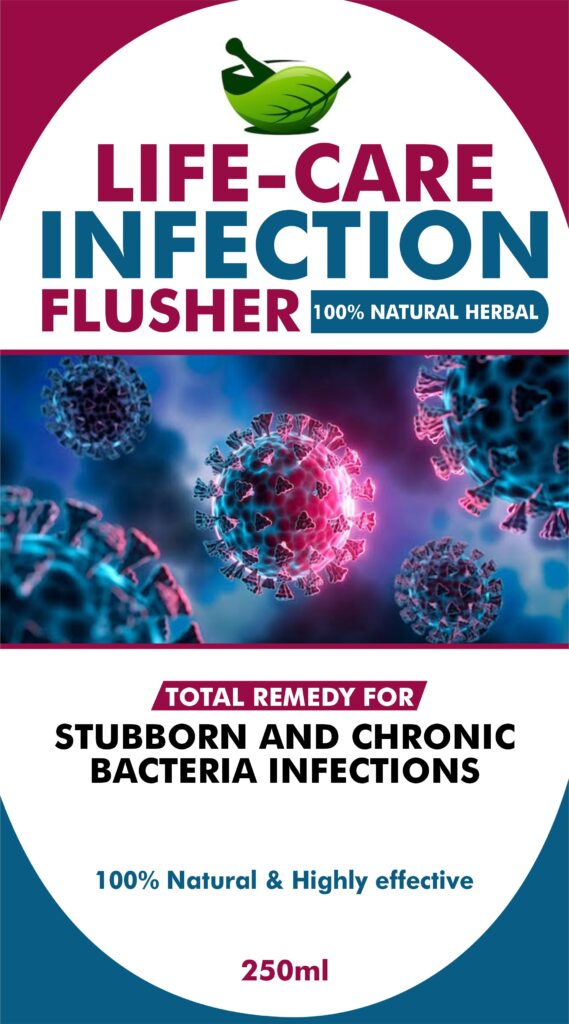
dont be scared,the solution is here, highly recommended all over the nation; LIFE-CARE HERBAL INFECTION FLUSHER is NAFDAC APPROVED and the only solution to crush-down chronic bateria infection
HERE ARE THE PRICES FOR LIFE-CARE INFECTION FLUSHER
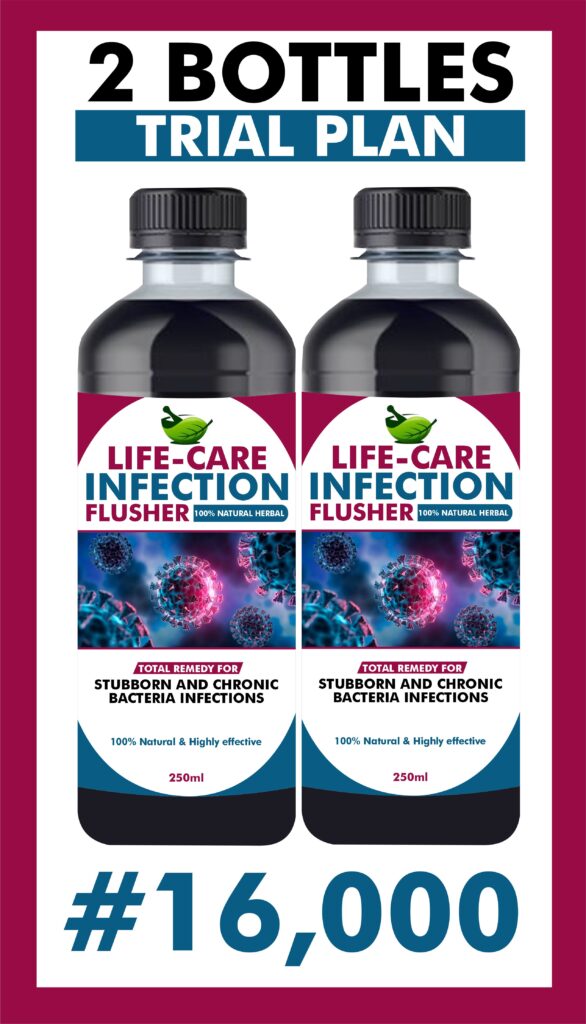
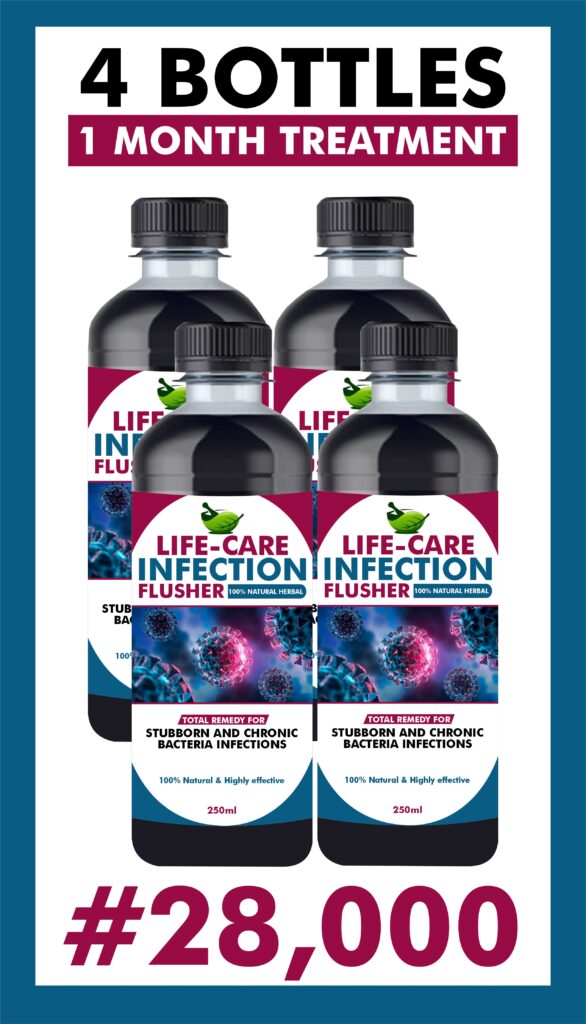

PAYMENT IS ON DELIVERY & FREE DELIVERY NATION WIDE
NOTE: Please, do not place an Order if you are not ready to Pay and Receive within 1-3 Days
© 2020, Uniqe Store | Privacy Policy | Disclaimer | Contact Us |
This site is not a part of the Facebook website, Facebook Inc. It is also not part of the Google Website or Alphabet Inc. Additionally, this site is not endorsed by Facebook or Google in any way. FACEBOOK and GOOGLE is a trademark of FACEBOOK Inc and ALPHABET INC respectively.
LEGAL DISCLAIMER: All testimonials in this advertisement are from real people. In order to protect the privacy of some of our customers, their name and picture has been changed in the advertisement. In accordance with the latest FTC guidelines, we want to make it explicitly clear that the testimonials and customer letters we have received are exceptional results, don’t apply to the average purchaser and are not intended to represent or guarantee that anyone will achieve the same or similar results.